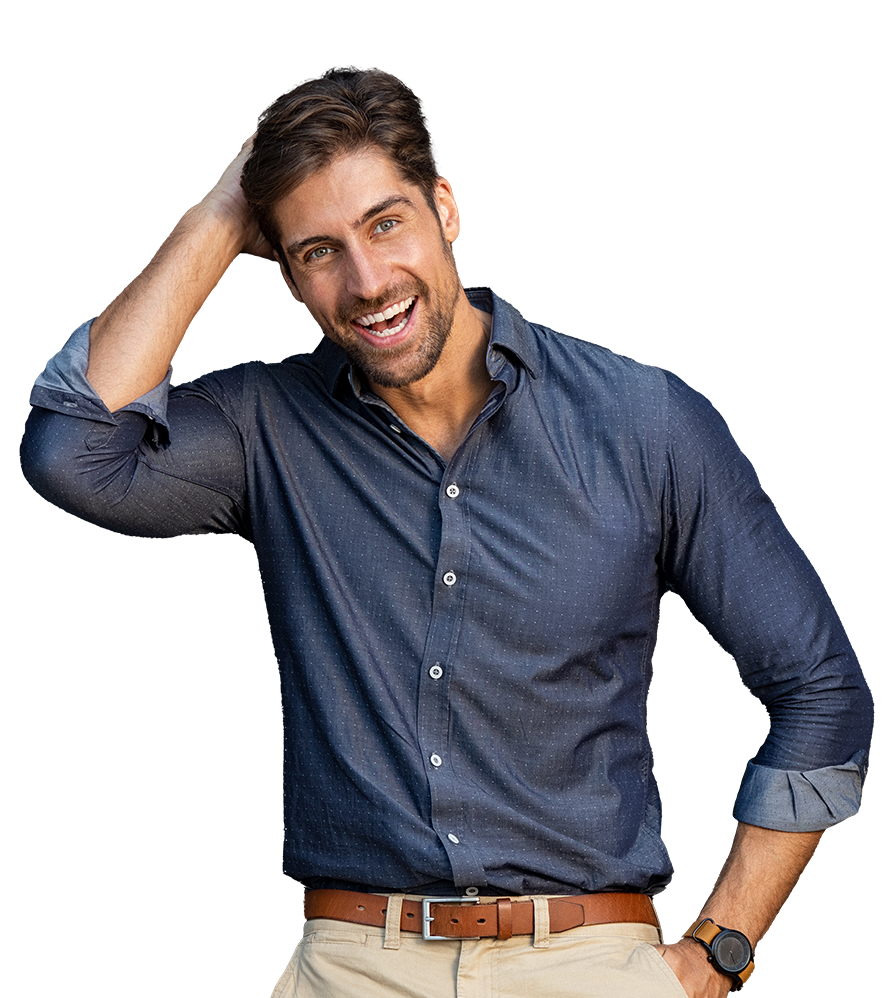Women get silicon breast implants. There are artificial knees, artificial hips, even artificial finger joints. Why not implant synthetic fibers to restore hair?
Believe it or not, it was tried in the early 80s. But the results were very poor. In addition to repeated infections, fibers falling out and other medical complications, there were repeated incidents of fraud: deceitful claims about the efficacy of the procedure. Let’s just say that the procedure was hardly the stuff of great hair transplants. In fact, it was banned in the U.S. by the FDA in 1983 due to the “bio-incompatibility” of the fibers, “inadequate information about risks” and, of course, the fraud charges.
Still, the practice continues in Europe. Today, there are two “prosthetic hair implant” types on the market. BioFibre and Nido. Both are certified in Europe and applications are pending by the FDA for their use in the U.S. Both companies say their products are an alternative to great hair transplants because, unlike the earlier fibers which were made of monacrylic, polyacrylic and polyester, the new fiber is a polymide material which is claimed to be safe because it is inert.
Our position at DiStefano Hair Loss Restoration Centers is that there is insufficient evidence that the use of prosthetic hair fibers is safe and effective. Given that Follicular Unit Transplantation and DiStefano’s exclusive Individual Graft Techniques (IGT™) offer great hair transplants, it makes little sense to use an inferior procedure that is unproven.


